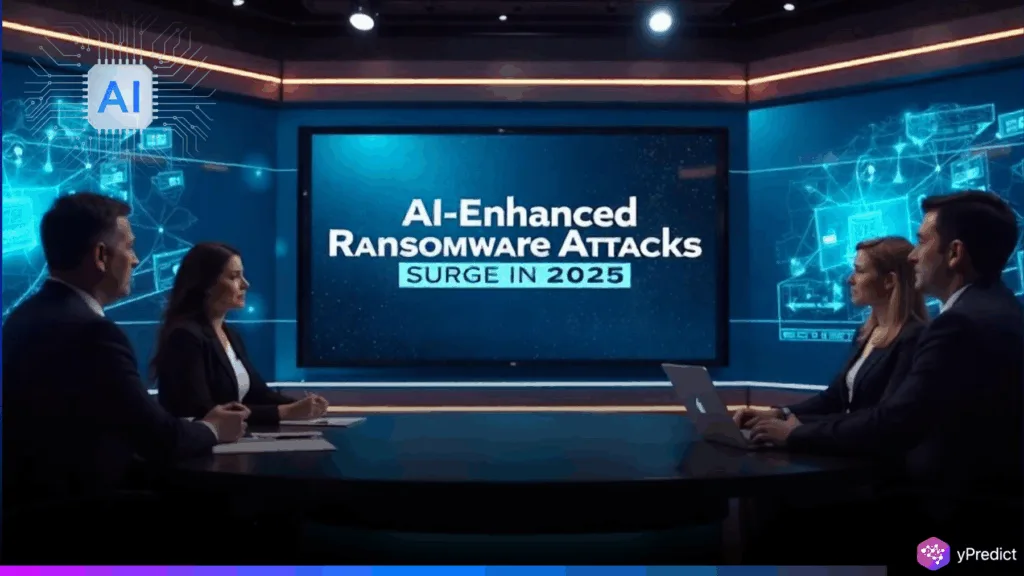
Ransomware attacks have evolved significantly, entering an era where artificial intelligence supercharges cybercriminal tactics. Gone are the days when hackers only encrypted data and demanded payment. Now, AI-powered ransomware not only locks files but also steals sensitive information, threatening to expose it unless demands are met a tactic known as “double extortion.”
Some groups even add denial-of-service attacks to the mix, creating “triple extortion.” This article explores how AI is transforming ransomware threats and the strategies organizations must adopt to defend themselves.
The Evolution of Ransomware
Standard ransomware simply encrypts files on the victim’s machines and demands a ransom to decrypt those files. Ransomware 2.0, in addition to encrypting files, steals sensitive data before encrypting files. Ransomware 2.0 also allows the criminal to threaten the victim with the potential leak of their data.
If the victim has usable backups, a ransom may no longer be enough, as there is now the threat of leaking sensitive data before they can restore data from the backup, as the ransomware has moved ahead of the victim.
Some of the more sophisticated criminals are using triple extortion approaches and are compromising data, encrypting those files to allow the victim to access their files again so they can get back to business, and DDoSing the victim’s network on top of all that to further disrupt operations.
Top triple extortion criminals include but are not limited to ransomware gangs like BlackCat and LockBit, and the consequences could be devastating for any one of these organizations that suffers these attacks.
How AI Supercharges Ransomware Attacks
Artificial intelligence has changed ransomware attacks by allowing cybercriminals to automate and scale their attacks much more efficiently. Phishing emails generated with AI are 40% quicker, and they are so effective that SoSafe determined that 78% of people opened them and 21% clicked on a malicious link.
Additionally, AI enhances targeted reconnaissance by rapidly scanning networks for vulnerabilities, misconfigurations, and valuable assets, allowing attackers to craft more precise and impactful strikes. Malware groups like LockBit leverage AI to autonomously propagate infections, minimizing human involvement.
As AI models continue to evolve, experts like Dr. Niklas Hellemann of SoSafe warn that the increasing scale and personalization of these attacks will significantly amplify the threat.
Notable Ransomware Attacks in Early 2025
The Medusa Group targeted over 300 organizations across healthcare, education, manufacturing, and insurance sectors using double extortion tactics, while DragonForce carried out region-specific attacks focusing on Saudi organizations. Meanwhile, LockBit utilizes a “hit and run” AI-driven infection strategy that rapidly spreads malware with minimal human involvement.
Defending Against Ransomware 2.0 with AI
AI can be both a threat and a legitimate defense tool such as the AI-powered Autonomous Ransomware Protection (ARP) offered by NetApp, which achieved 99% accuracy in third-party tests for protecting storage systems.
Experts recommend a four-pronged defense plan that incorporates AI-enhanced prevention both as a threat detection capability and training employees; detecting ransomware behaviors early through machine learning; automating the response to these attacks to achieve rapid containment and recovery; and communicating effectively during the operational crisis and reputational period.
Conclusion
Ransomware of the future will be powered by AI and move beyond a singular attack. Organizations that adopt scalable, AI-enhanced security solutions and prepare themselves for the difficult-to-detect multi-dimensional attack vectors will better protect themselves against Ransomware 2.0.






